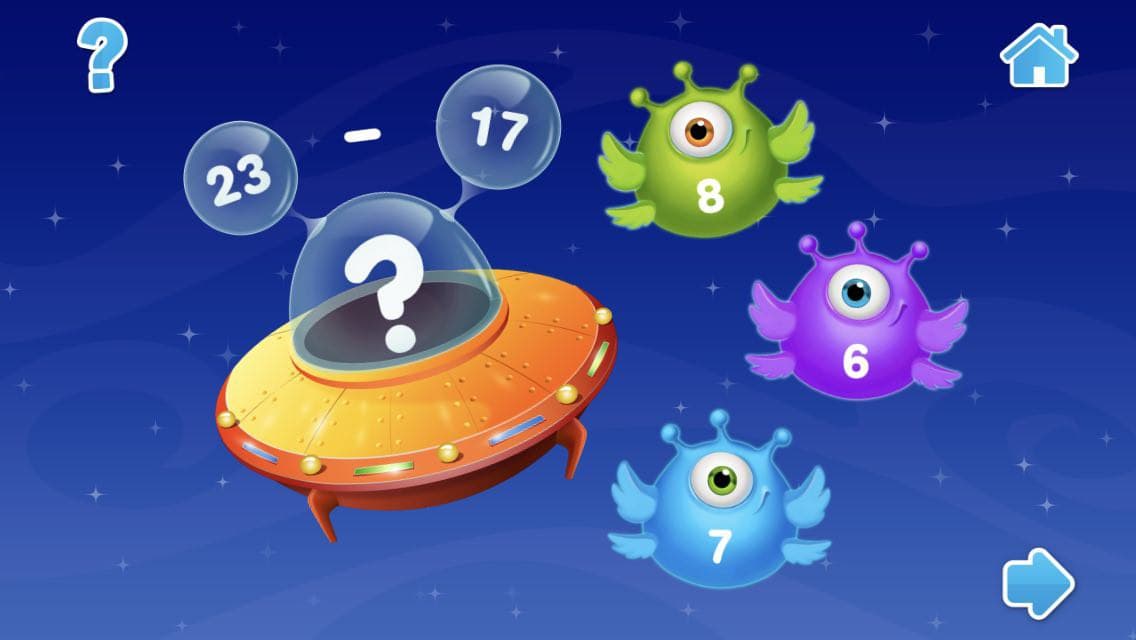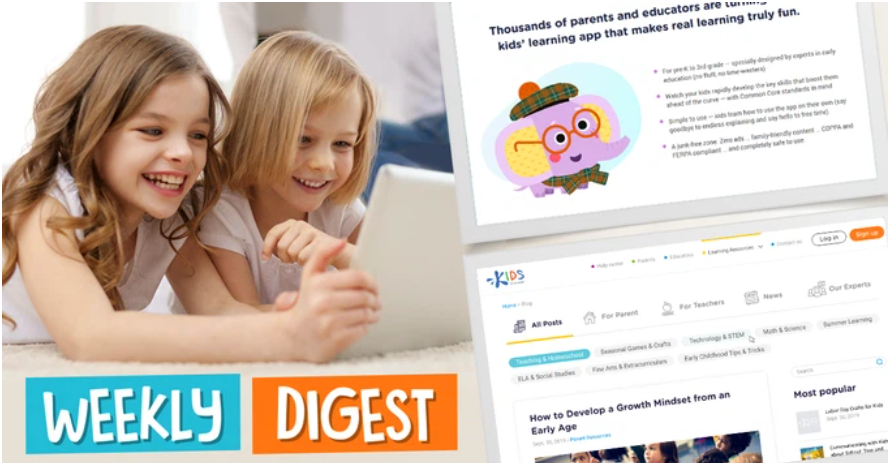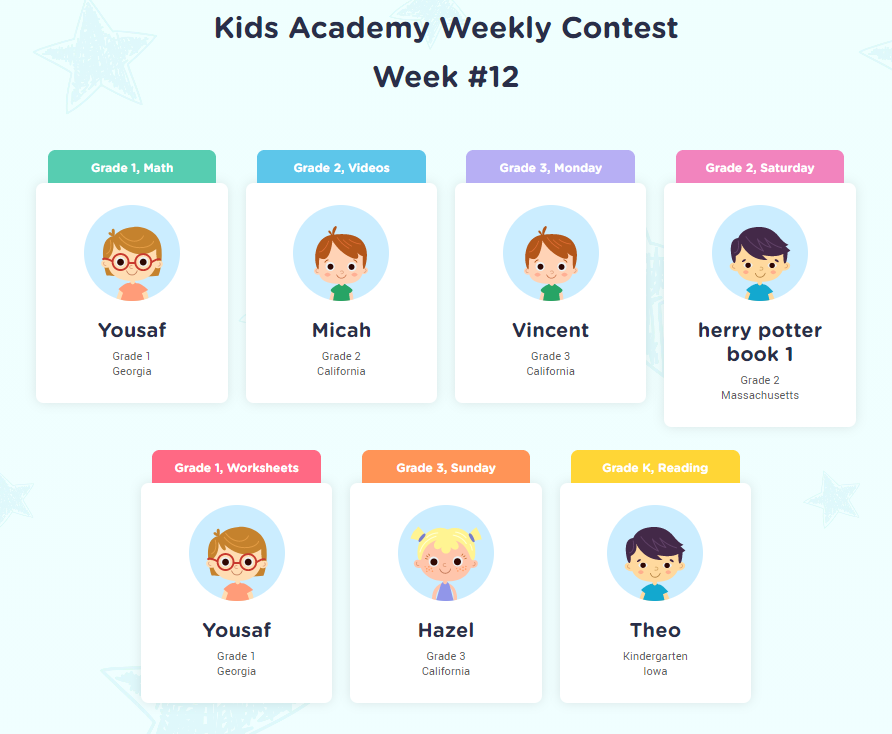Normal Tracing Letters Worksheets Activities With Answers for Ages 3-6
31 filtered results
-
From - To
Discover our engaging Normal Tracing Letters Worksheets, designed for children ages 3-6! These worksheets offer interactive activities that help young learners develop essential handwriting skills while having fun. Each activity includes clear tracing exercises for uppercase and lowercase letters, promoting letter recognition and motor skill development. With an easy-to-follow answer key, parents and teachers can effortlessly guide children through each task. These printable resources are perfect for home or classroom use, making letter tracing an enjoyable and educational experience. Help your child build a strong foundation for literacy with our carefully crafted worksheets tailored for early learners!
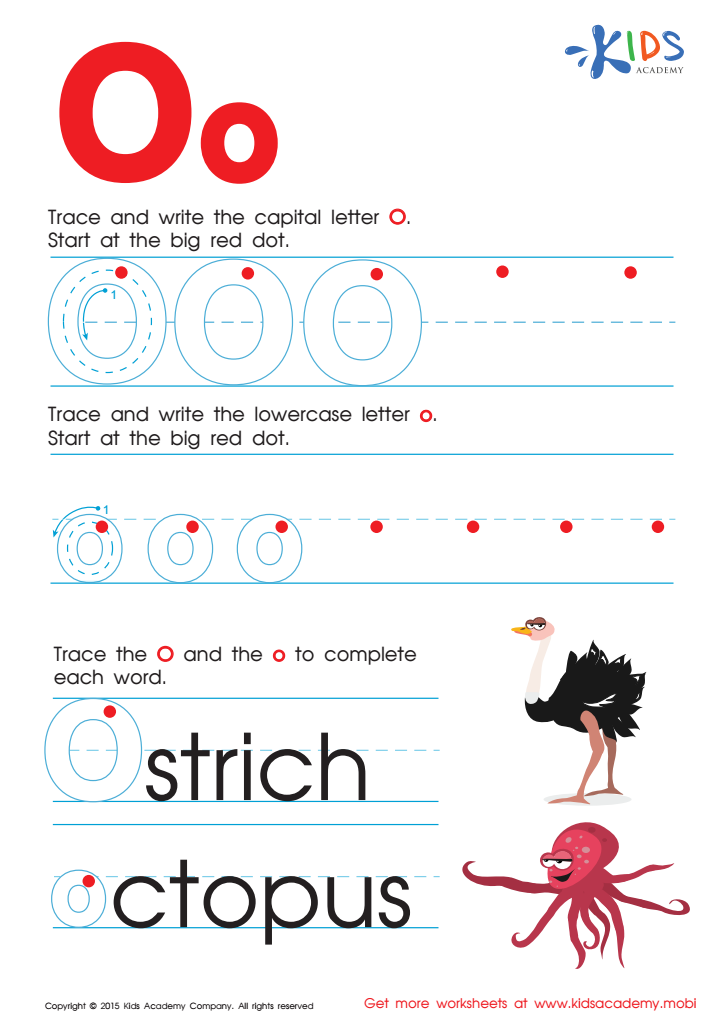

Letter O Tracing Page
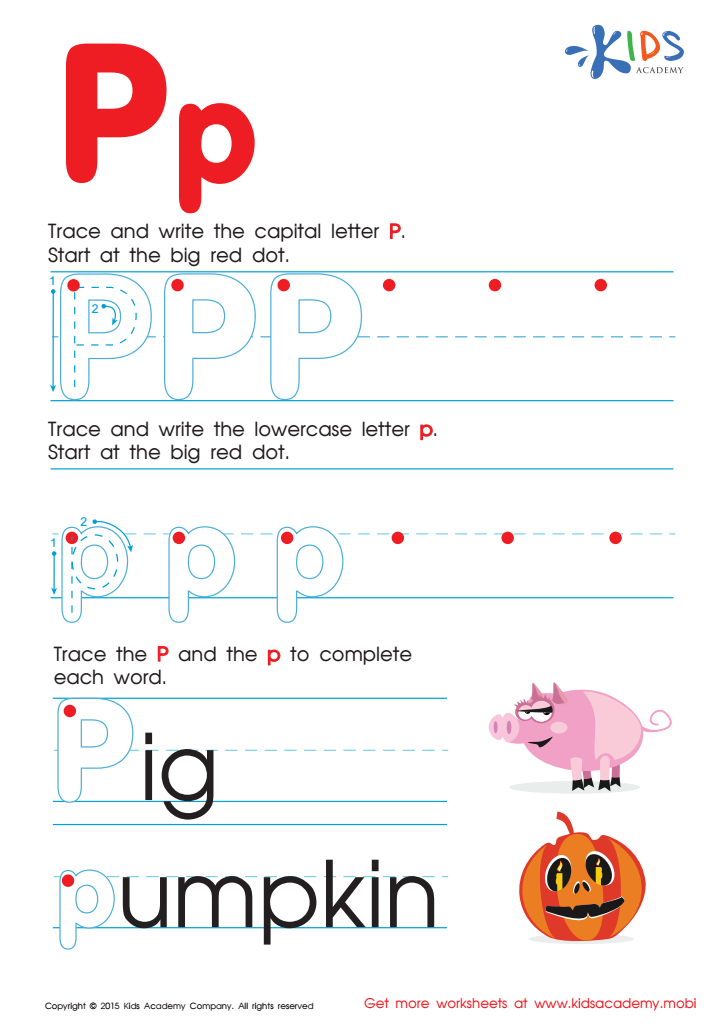

Letter P Tracing Page
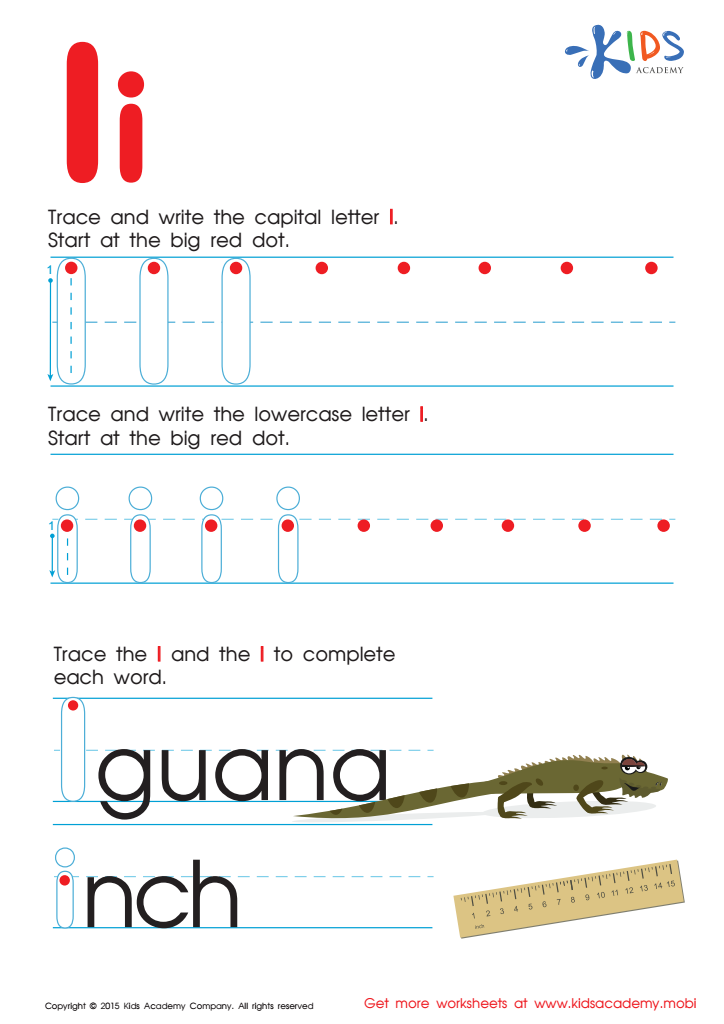

Letter I Tracing Page
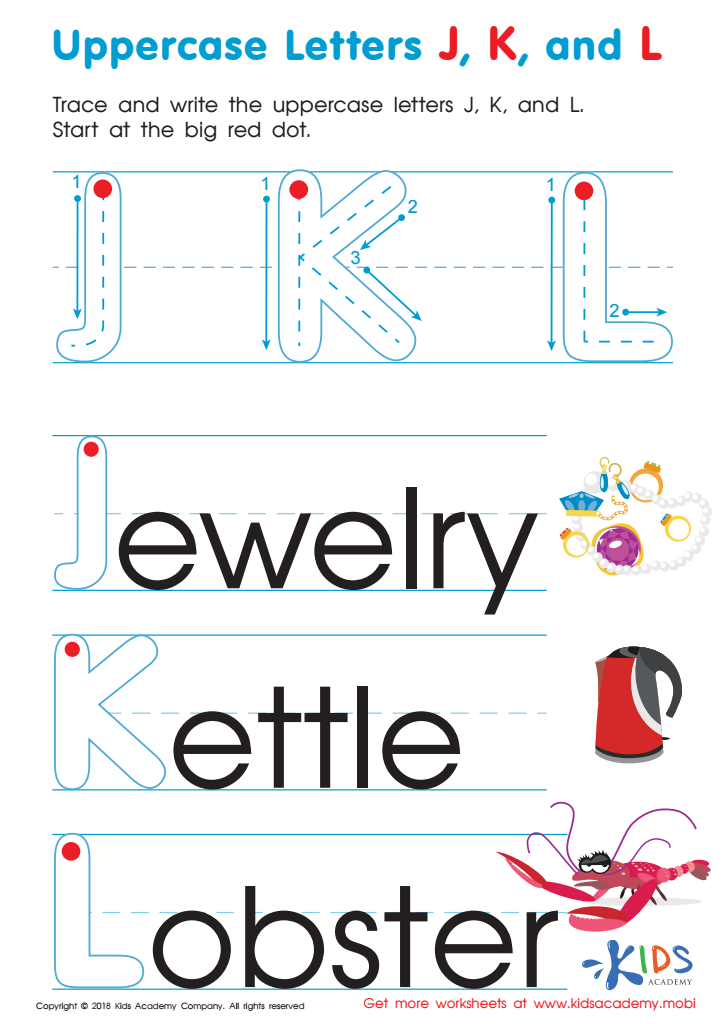

Uppercase Letters J, K, and L Worksheet
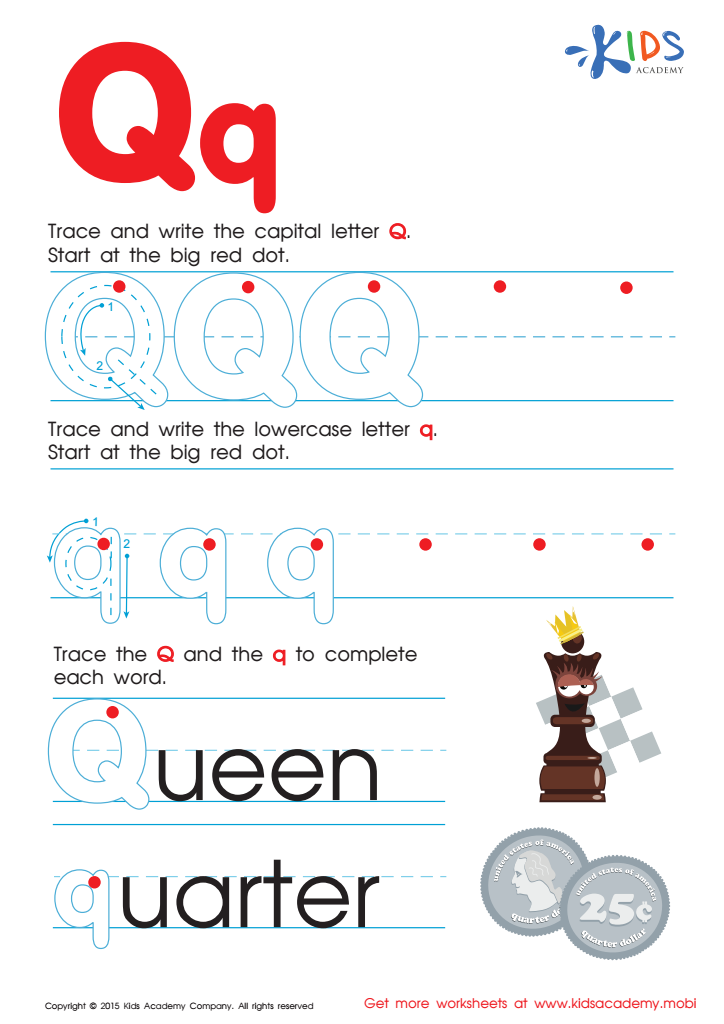

Letter Q Tracing Page
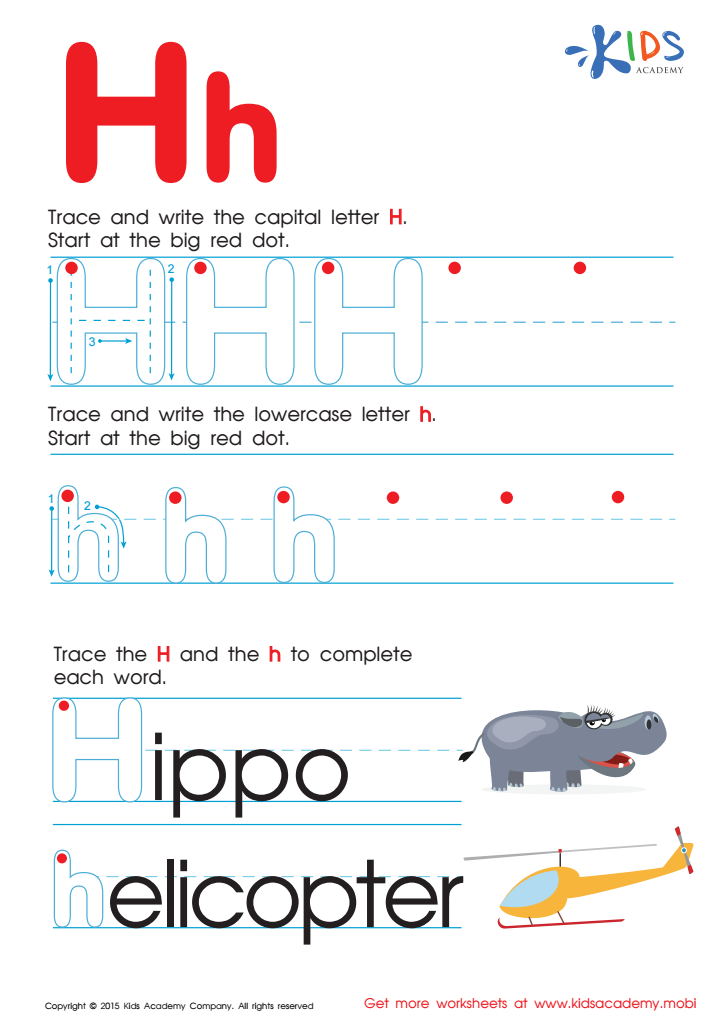

Letter H Tracing Page
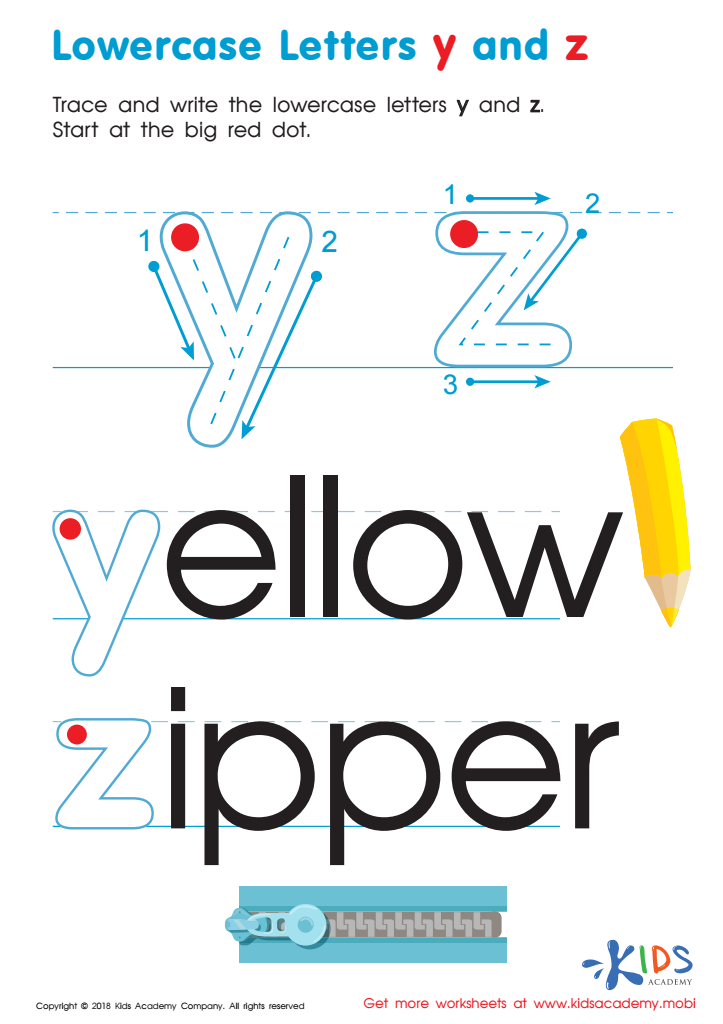

Lowercase Letters y z Worksheet
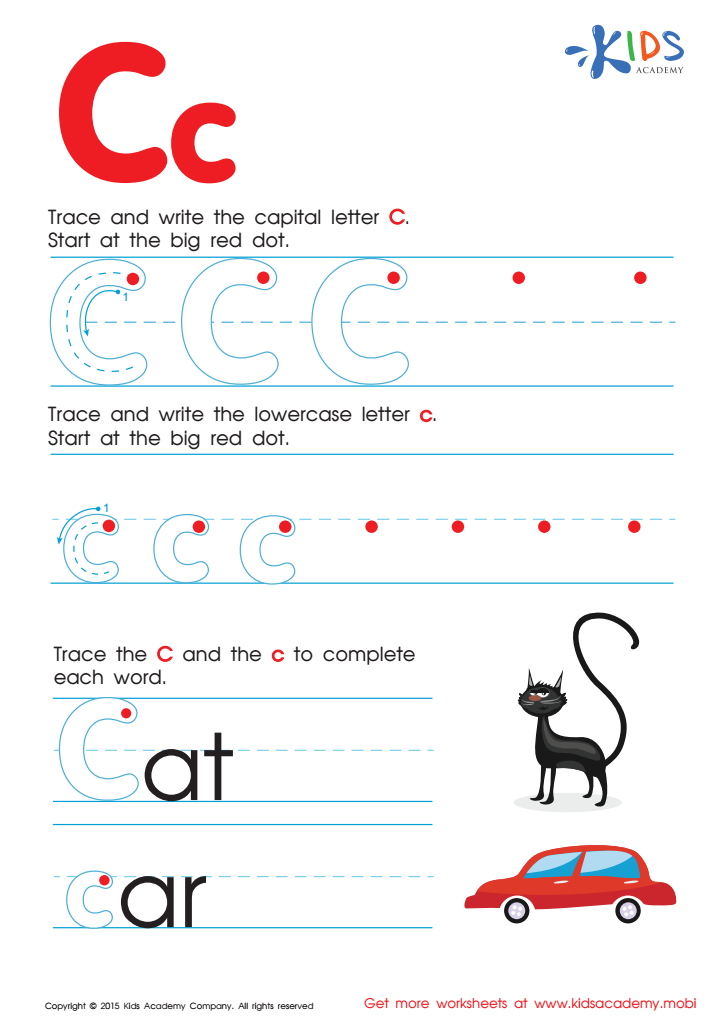

Letter C Tracing Page
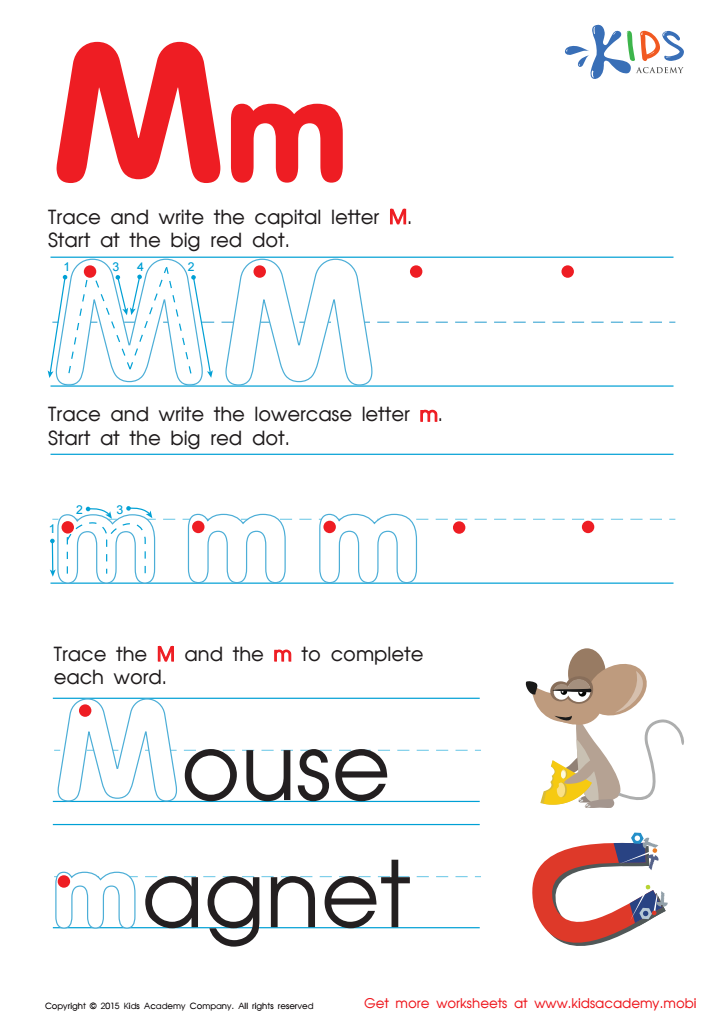

Letter M Tracing Page
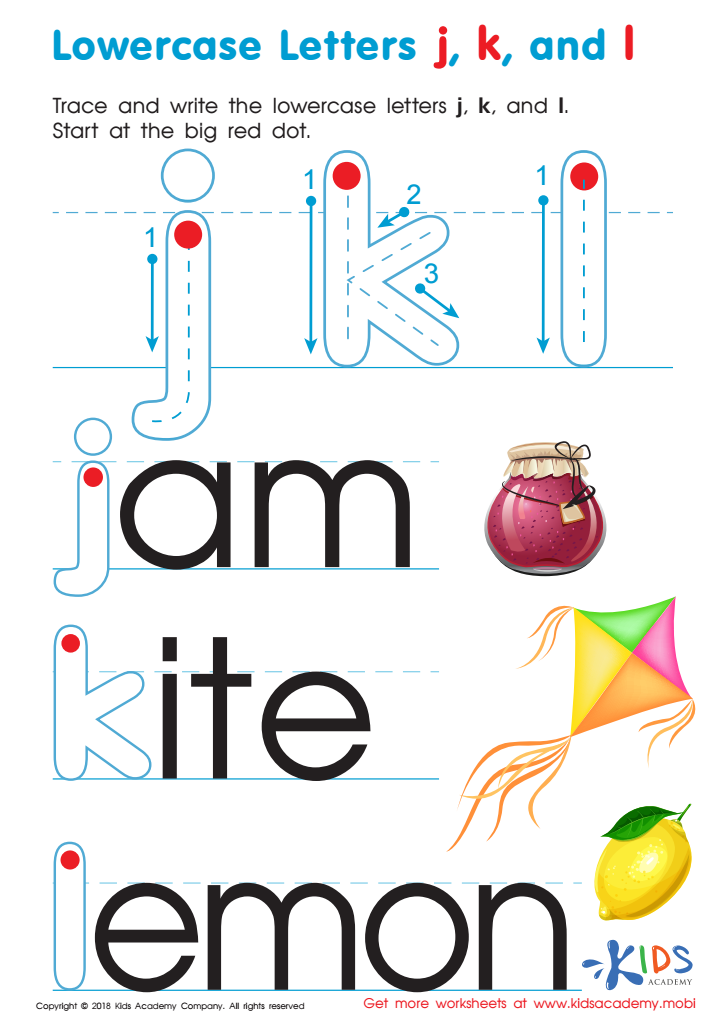

Lowercase Letters j k l Worksheet
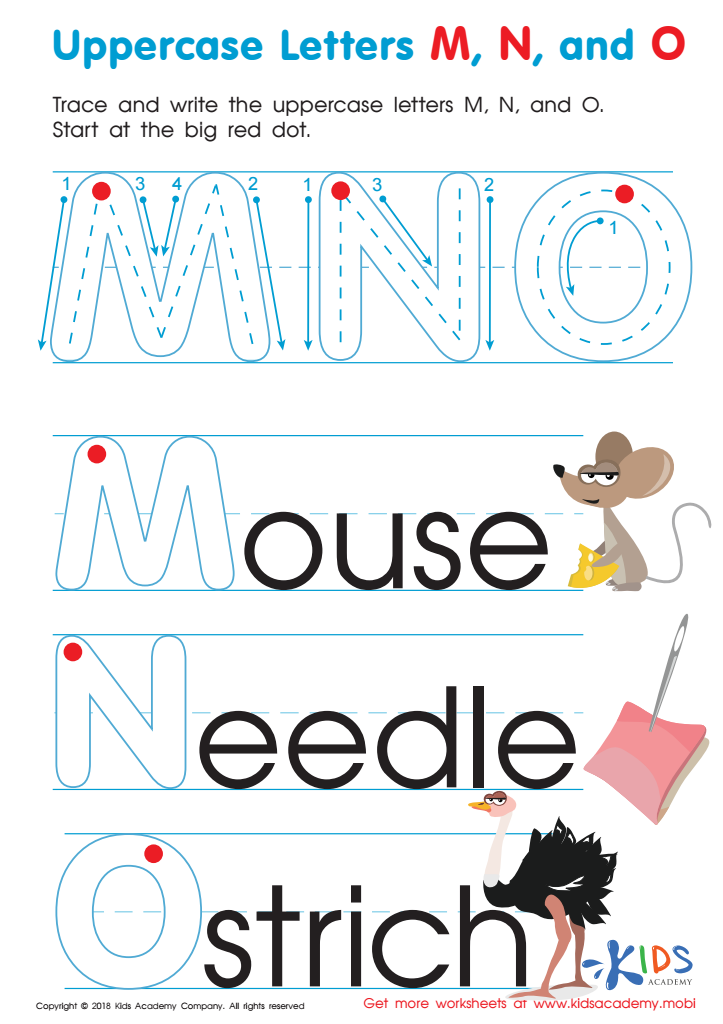

Uppercase Letters M, N, and O Worksheet
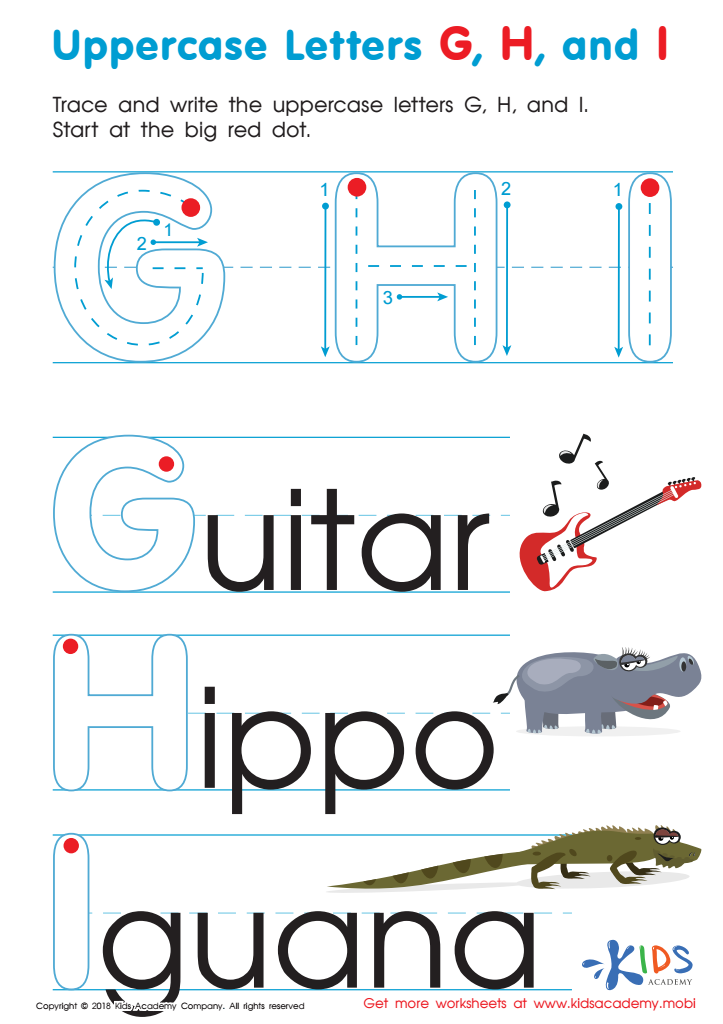

Uppercase Letters G, H, and I Worksheet
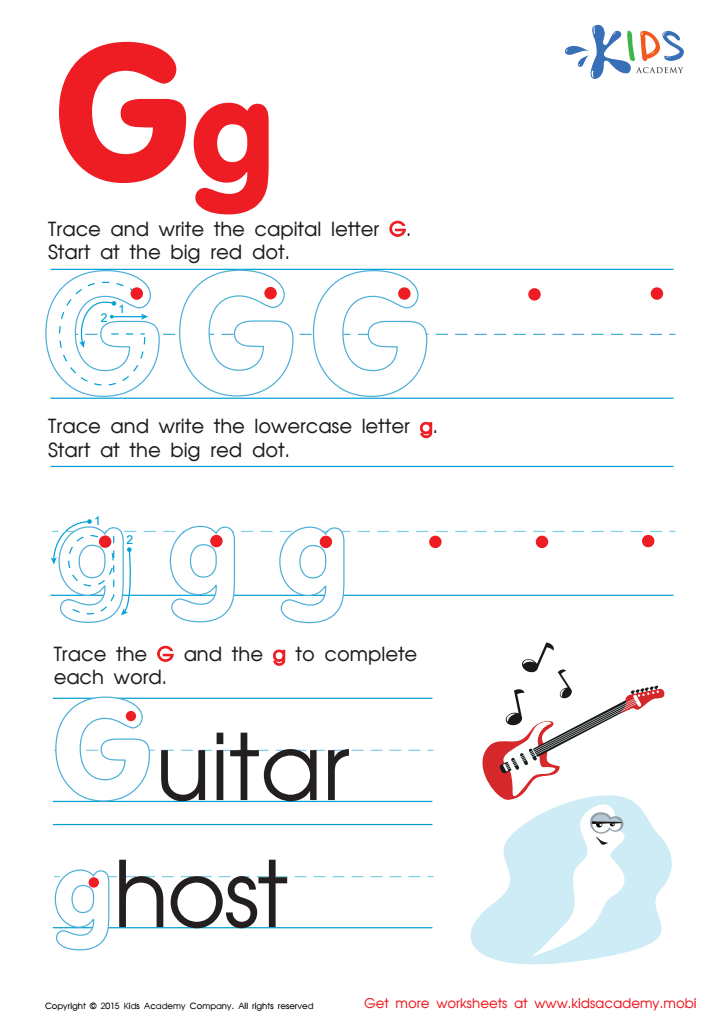

Letter G Tracing Page
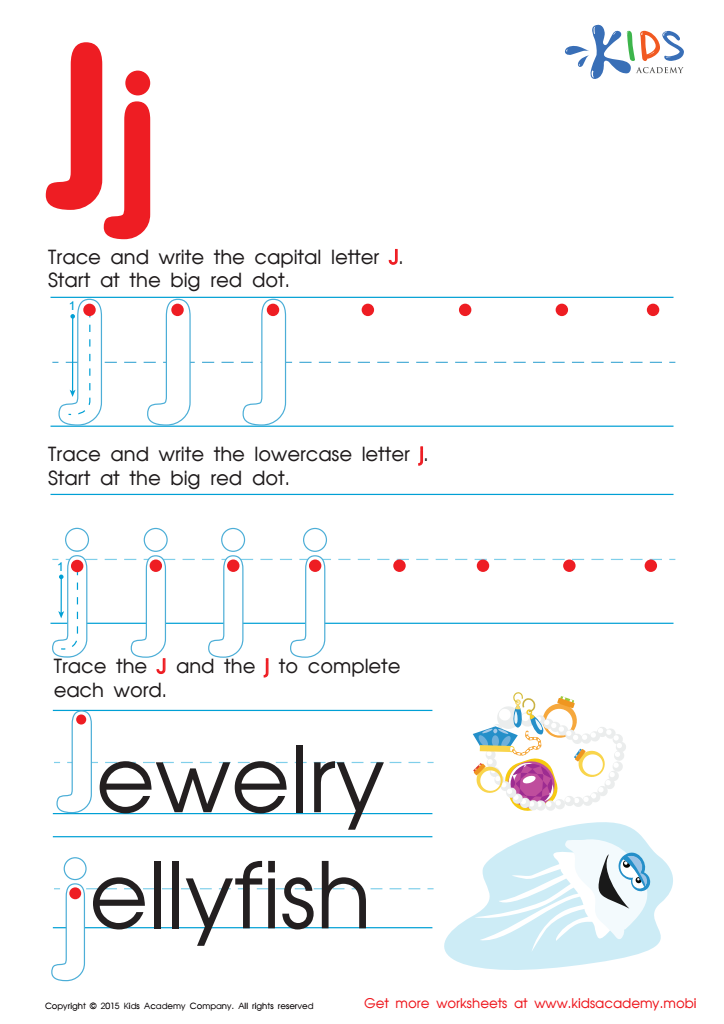

Letter J Tracing Page


Letter L Tracing Page
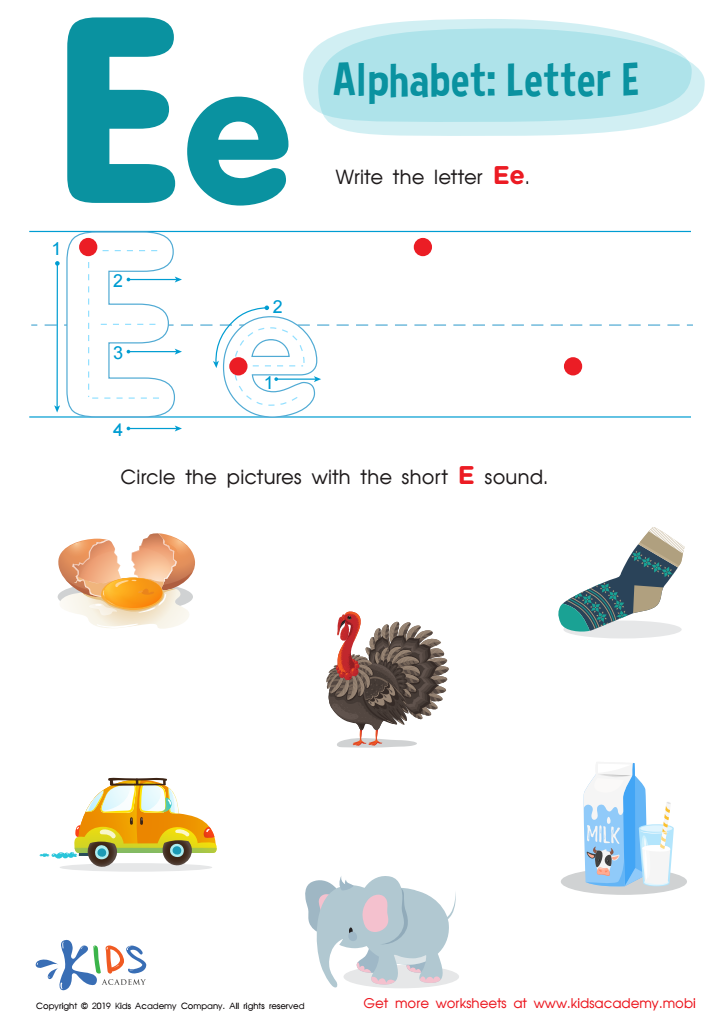

Letter E Tracing Worksheet
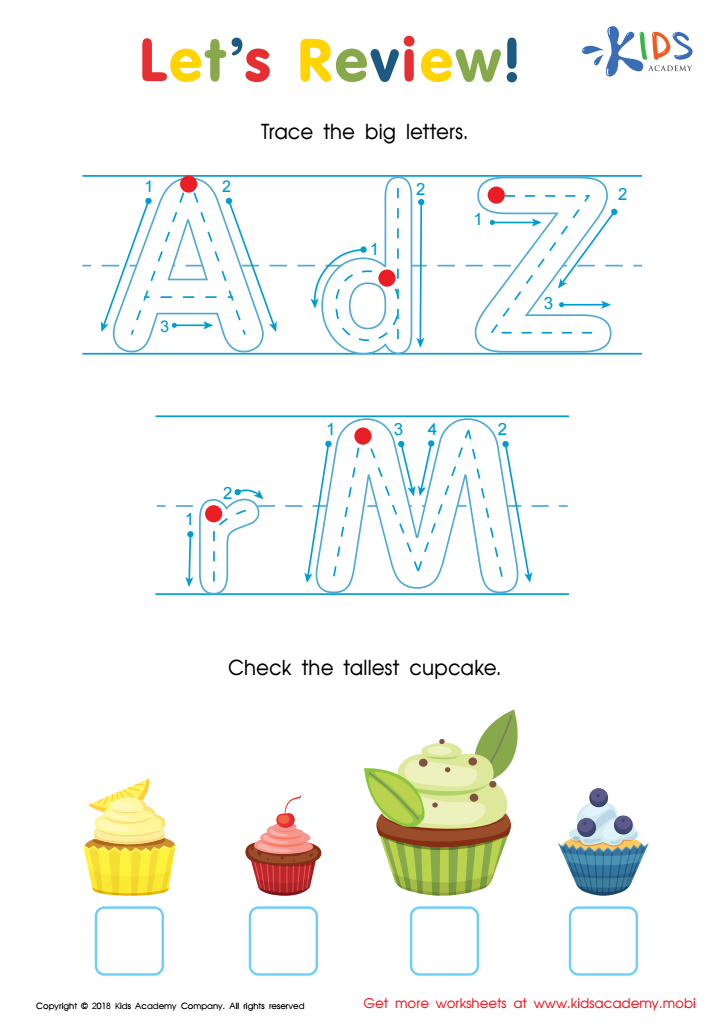

Let's Review! Big Letters Worksheet
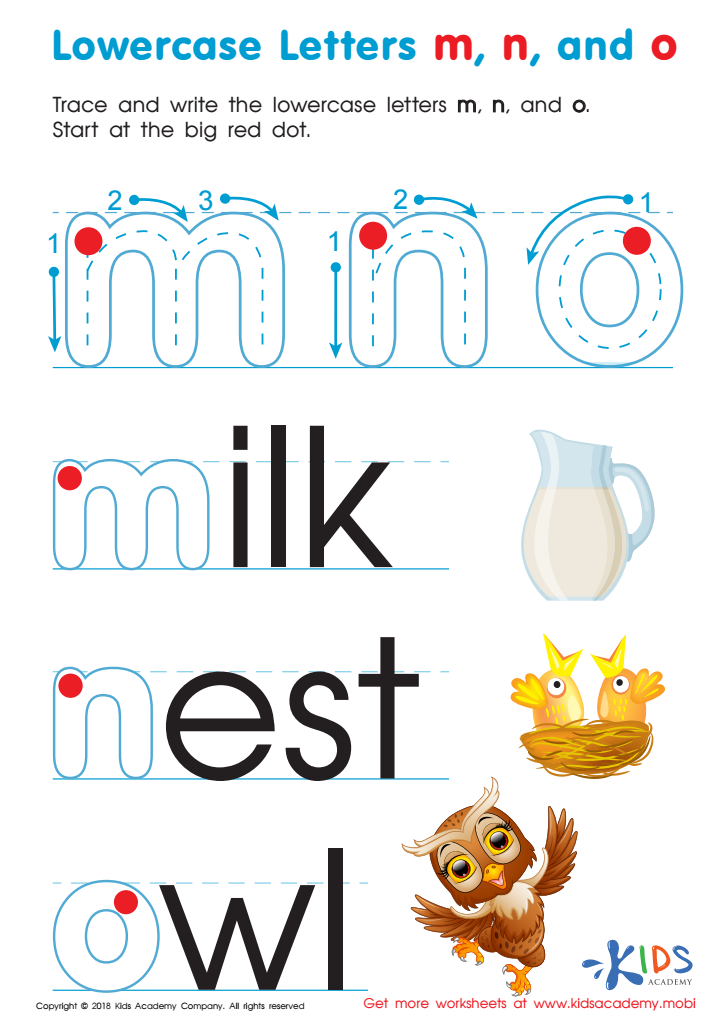

Lowercase Letters m n o Worksheet


Letter B Tracing Page
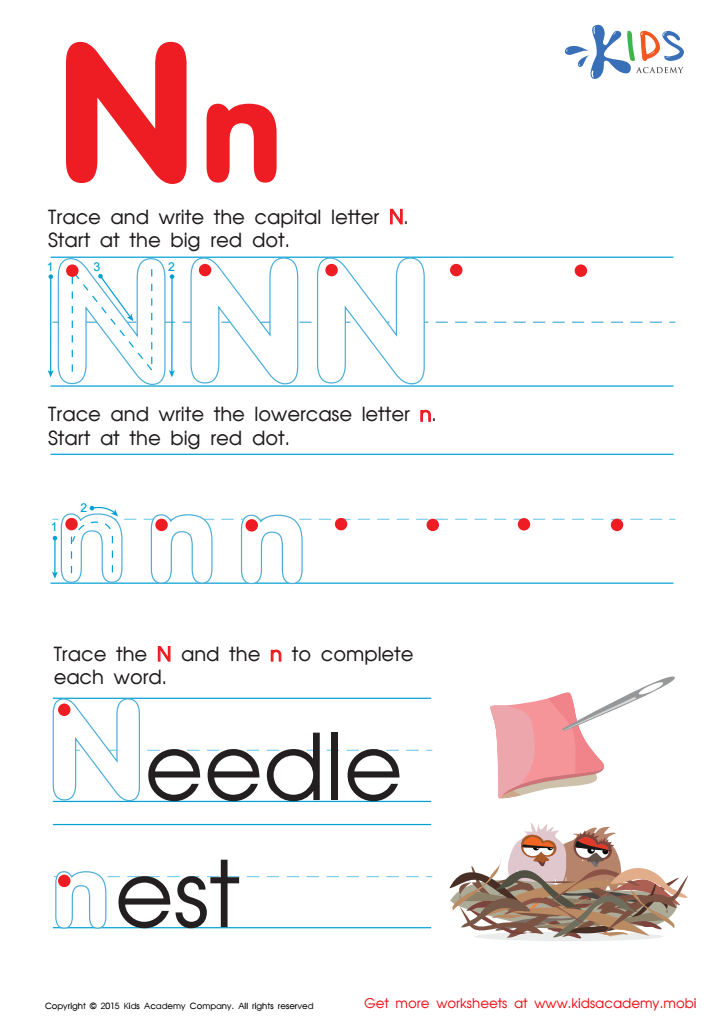

Letter N Tracing Page
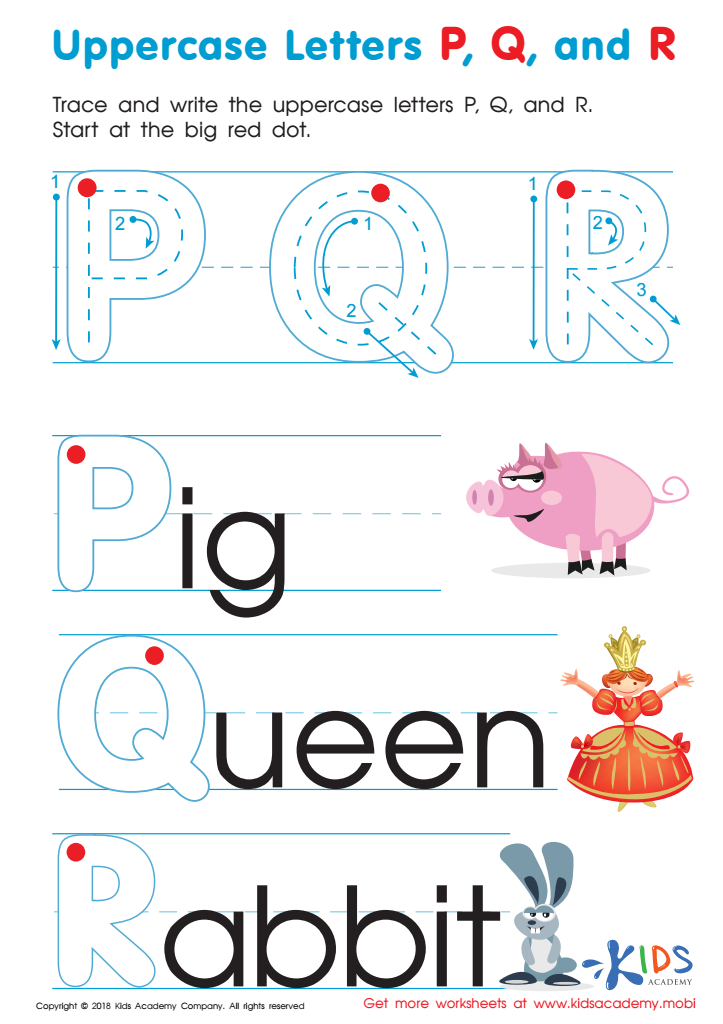

Uppercase Letters P, Q, and R Worksheet
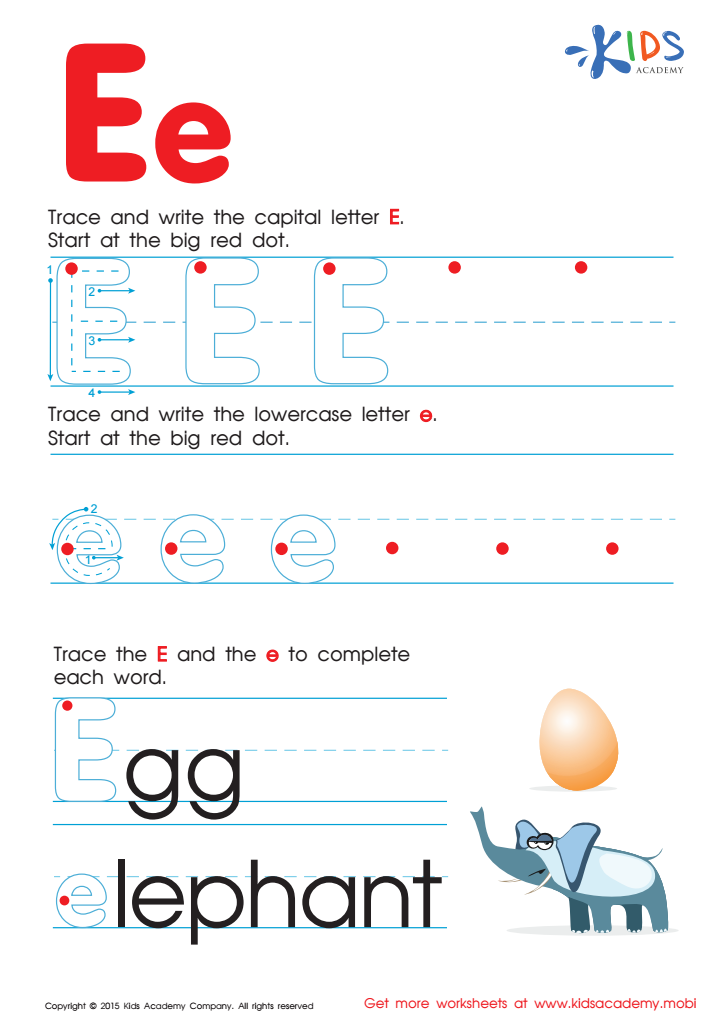

Letter E Tracing Page
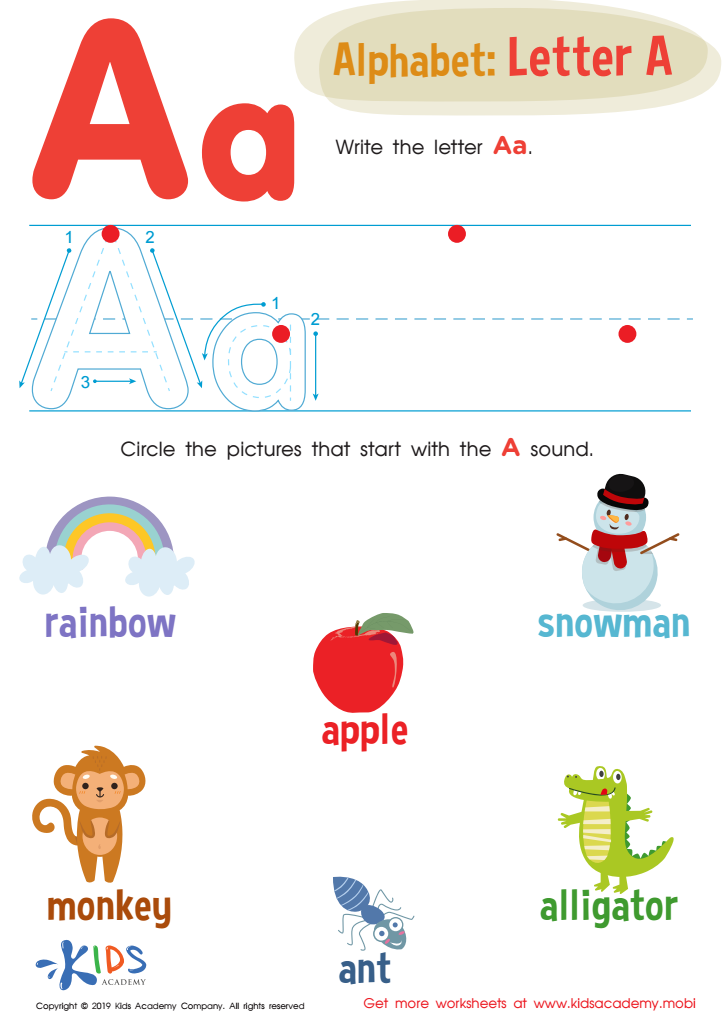

Letter A Tracing Worksheet
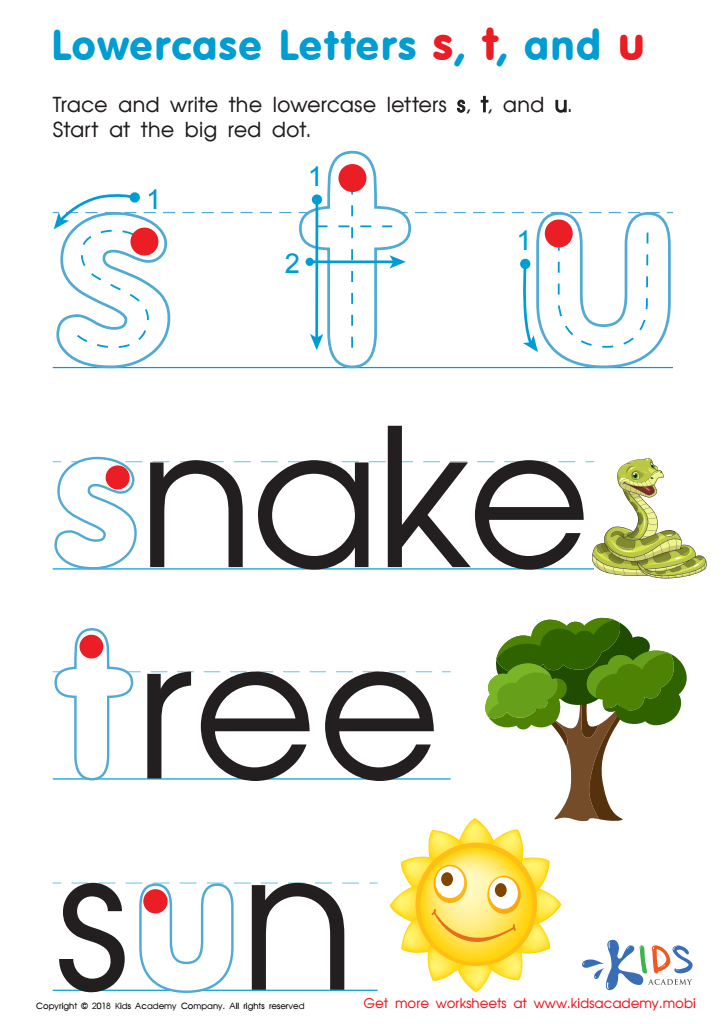

Lowercase Letters s t u Worksheet
Parents and teachers should prioritize Normal Tracing Letters activities for children aged 3-6 as they play a vital role in early literacy and motor skill development. At this age, children are developing the foundational skills needed for reading and writing. Tracing letters helps enhance their fine motor skills, allowing for better control of writing instruments. This activity promotes hand-eye coordination, which is essential for various tasks throughout their educational journey.
Furthermore, tracing letters reinforces letter recognition and phonemic awareness. Engaging in such activities helps children learn the shapes and sounds of letters, laying the groundwork for reading. By incorporating answers and feedback in these activities, adults can provide immediate reinforcement, guiding children to correct mistakes and encouraging learning through positive reinforcement.
These activities also foster concentration and patience, crucial traits for academic success. Together, tracing letters nurtures creativity and self-expression as children begin to create their written works. Ultimately, investing time in Normal Tracing Letters Activities empowers children with the essential skills required for lifelong learning, while also fostering a love for reading and writing from a young age. This early engagement can make a significant difference in their overall educational experience.

 Assign to My Students
Assign to My Students


